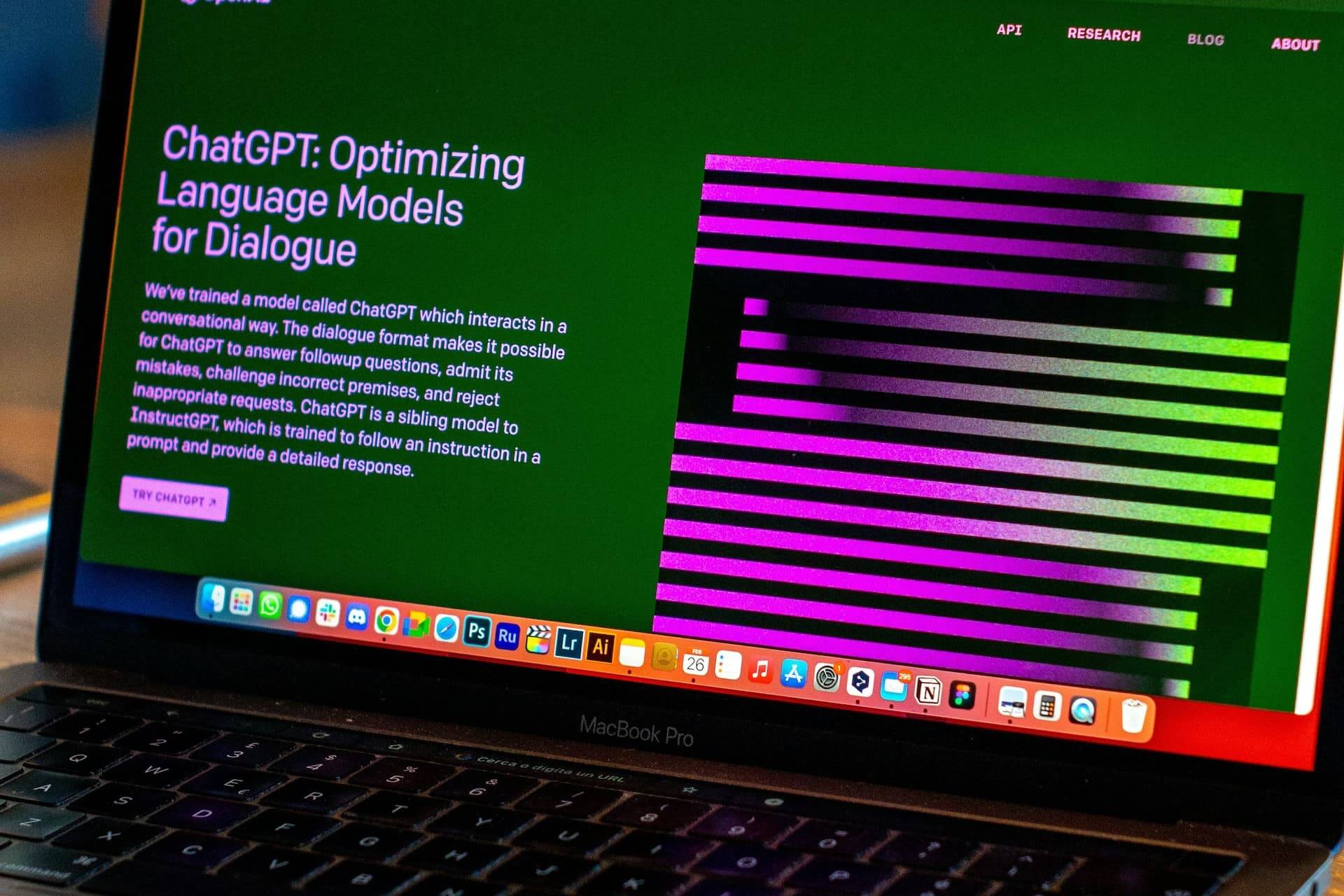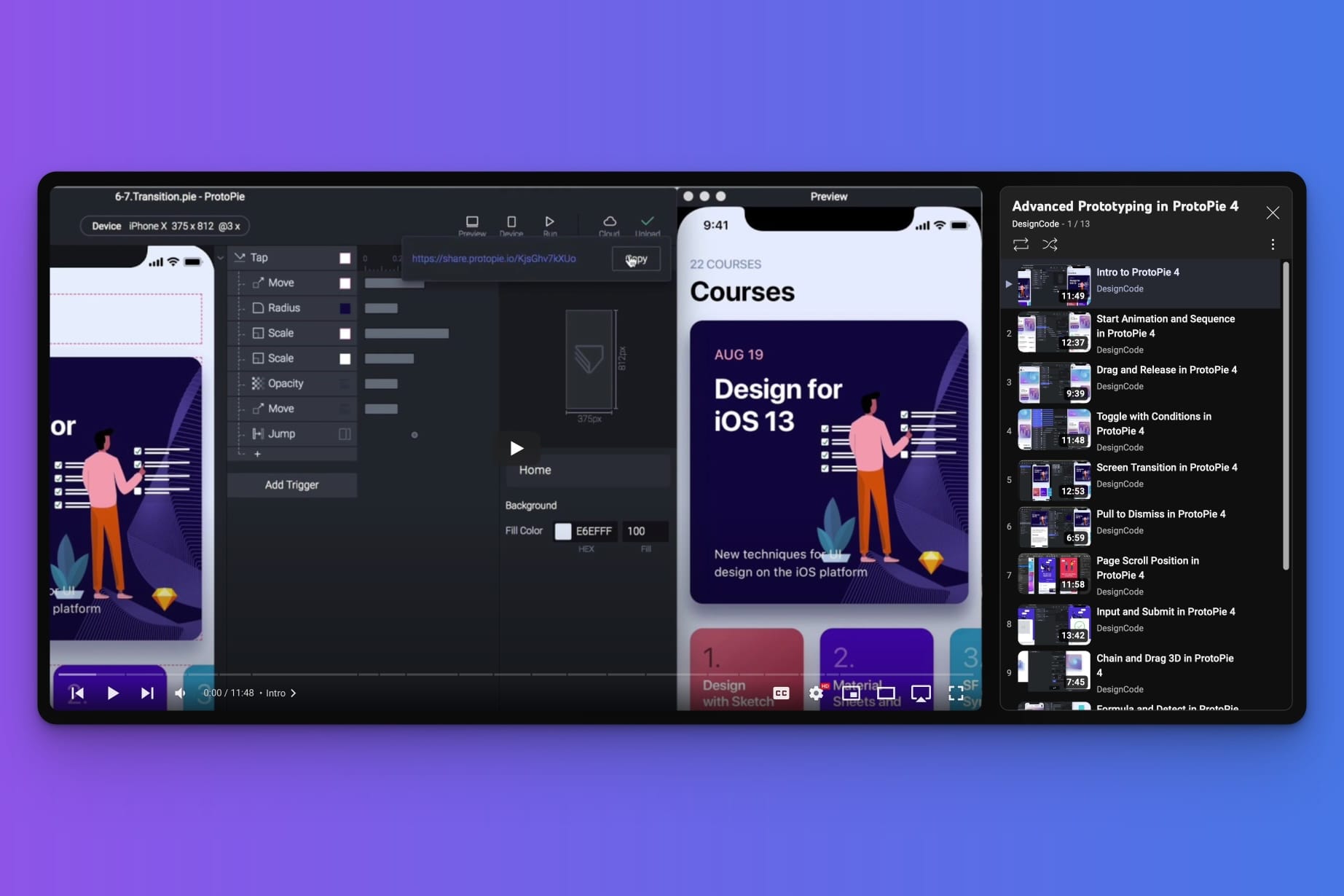Embarking on a journey to become a freelance designer is an exciting venture filled with opportunities for creativity, independence, and growth.
As a freelance designer, you’ll have the freedom to choose the projects that inspire you, set your own schedule, and shape your career path according to your own vision.
However, it’s also a path that requires dedication, continuous learning, and a keen understanding of business and marketing. This guide will provide you with valuable insights and resources to help you navigate the world of freelance design. From embracing the freelance mindset to mastering self-promotion and financial management, each step is designed to equip you with the skills and knowledge you need to thrive as a freelance designer.
Let’s begin this journey together.
Embrace the Freelance Mindset
Freelancing is a journey that requires a unique mindset. Unlike a traditional job, freelancing entails managing your own time, finding your own clients, and delivering quality work on your terms.
It’s about being proactive, resourceful, and resilient. It’s about embracing uncertainty and turning challenges into opportunities. It’s about continuous learning and growth.
As a freelancer, you’re not just a designer; you’re a business owner. This means you need to think strategically about your services, your clients, and your business goals.
It also means you need to be disciplined and organized, managing your time effectively and meeting deadlines consistently. Embracing the freelance mindset is the first step towards a successful freelance career.
Setting Up Your Workspace
Your workspace plays a crucial role in your productivity and creativity. It’s where you’ll spend most of your time, so it’s important to make it comfortable, inspiring, and conducive to work.
Whether you’re working from home or a local co-working space, make sure your workspace is free from distractions and equipped with everything you need. This might include a comfortable chair, a spacious desk, good lighting, and any necessary tools and equipment. It’s also important to keep your workspace clean and organized.
A clutter-free environment can help reduce stress and improve focus.
Building Your Portfolio
Your portfolio is your most powerful marketing tool. It’s a visual representation of your skills, your style, and your potential.
It’s what potential clients will look at when deciding whether to hire you. Therefore, it’s essential to invest time and effort into creating a compelling portfolio.
Showcase your best work, the projects that you’re most proud of, and the ones that best represent your abilities. Make sure your portfolio is easy to navigate, visually appealing, and up-to-date. Include case studies that explain your design process, your role in the project, and the results achieved.
Remember, your portfolio should not only show what you can do but also who you are as a designer.
Networking and Building Relationships
In the freelance world, relationships are everything. They can lead to new projects, collaborations, and learning opportunities.
Networking can be done in many ways. Online, you can engage with other designers on social media, join design communities, and participate in online events and webinars. Offline, you can attend local meetups, workshops, and industry events.
When networking, remember to be genuine, show interest in others, and provide value. It’s not just about what you can get, but also what you can give.
Mastering the Art of Self-Promotion
As a freelancer, you need to be your own biggest advocate. You need to let people know who you are, what you do, and why they should hire you. This requires mastering the art of self-promotion.
There are many ways to promote your services, from social media marketing and blogging to email marketing and word of mouth. The key is to find the methods that work best for you and your target audience.
Remember, self-promotion is not about bragging or being pushy; it’s about communicating your value in a clear, compelling, and authentic way.
Understanding Your Finances
Financial management is a crucial part of freelancing. As a freelancer, you’re responsible for setting your rates, invoicing clients, tracking expenses, paying taxes, and planning for the future.
This can be challenging, especially if you’re not familiar with financial management. However, it’s essential for your financial stability and peace of mind.
Start by setting a budget and tracking your income and expenses. This will give you a clear picture of your financial situation and help you make informed decisions. Save a portion of your income for taxes and set up a savings account for emergencies.
Also consider hiring a financial advisor or using financial management tools to help you manage your finances effectively.
Maintaining Work-Life Balance
Work-life balance is especially important for freelancers. Without the structure of a 9-5 job, it can be easy to overwork yourself or neglect your personal life.
To prevent this, set clear boundaries between work and personal time. Create a schedule that includes time for work, rest, and leisure activities.
Make sure to take regular breaks during the day to rest and recharge.
Prioritize your health and well-being by eating healthy, exercising regularly, and getting enough sleep. Remember, you’re not a machine; you need time to rest and recharge in order to do your best work.
Dealing with the Ups and Downs
Freelancing is full of ups and downs. There will be times when you’re overloaded with work and times when things are slow. It’s important to stay flexible and resilient during these times.
Use slow periods as opportunities to learn new skills, work on personal projects, or take a break.
During busy periods, stay organized and manage your time effectively to avoid burnout. Remember, it’s okay to say no to projects that don’t align with your goals or values. The key is to stay positive, keep moving forward, and trust in your abilities.
Continual Learning and Skill Development
The design industry is constantly evolving, and as a freelancer, you need to keep up.
This means continually learning and developing your skills. Stay updated on the latest design trends, tools, and techniques. Take online courses, attend workshops, or read design books and blogs.
Don’t be afraid to step out of your comfort zone and try new things. The more you learn, the more valuable you become as a designer.
Staying Motivated and Passionate
Last but not least, stay passionate. Remember why you started freelancing in the first place. Keep that passion alive, and it will shine through in your work.
Set goals for yourself and celebrate your achievements. Surround yourself with people who inspire and support you. Stay curious and keep exploring. Remember, loving what you do is the key to success in any field.
In conclusion, being a successful freelance designer requires a combination of technical skills, business skills, and personal qualities. It’s not always easy, but with passion, perseverance, and the right mindset, you can thrive in the freelance world.
Key Takeaways
| Section | Key Takeaways |
|---|---|
| Embrace the Freelance Mindset | Be proactive, resourceful, and resilient. Manage your own time, find your own clients, and deliver quality work. |
| Setting Up Your Workspace | Create a comfortable, inspiring, and distraction-free workspace. Equip it with everything you need. |
| Building Your Portfolio | Showcase your best work that represents your abilities. Keep your portfolio up-to-date and visually appealing. |
| Networking and Building Relationships | Engage with other designers, join communities, and attend events. Be genuine and provide value. |
| Mastering the Art of Self-Promotion | Promote your services effectively. Communicate your value in a clear, compelling, and authentic way. |
| Understanding Your Finances | Manage your finances effectively. Track your income and expenses, save for taxes, and plan for the future. |
| Maintaining Work-Life Balance | Set clear boundaries between work and personal time. Prioritize your health and well-being. |
| Dealing with the Ups and Downs | Stay flexible and resilient during slow and busy periods. Use slow periods as opportunities to learn and grow. |
| Continual Learning and Skill Development | Stay updated on the latest design trends, tools, and techniques. Continually learn and develop your skills. |
| Staying Motivated and Passionate | Keep your passion alive. Set goals, celebrate your achievements, and stay curious. |
Frederik Roessell
Creative designer with 20 years of design experience working in startups and agencies in Copenhagen. Currently pushing pixels as a Senior Product Designer at a large ecommerce brand.



